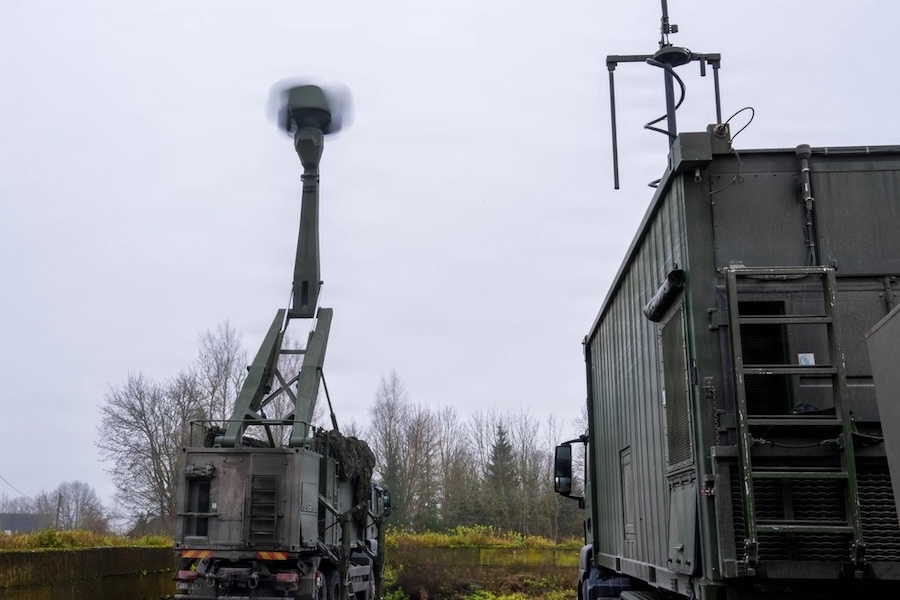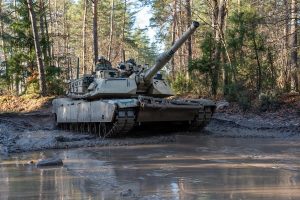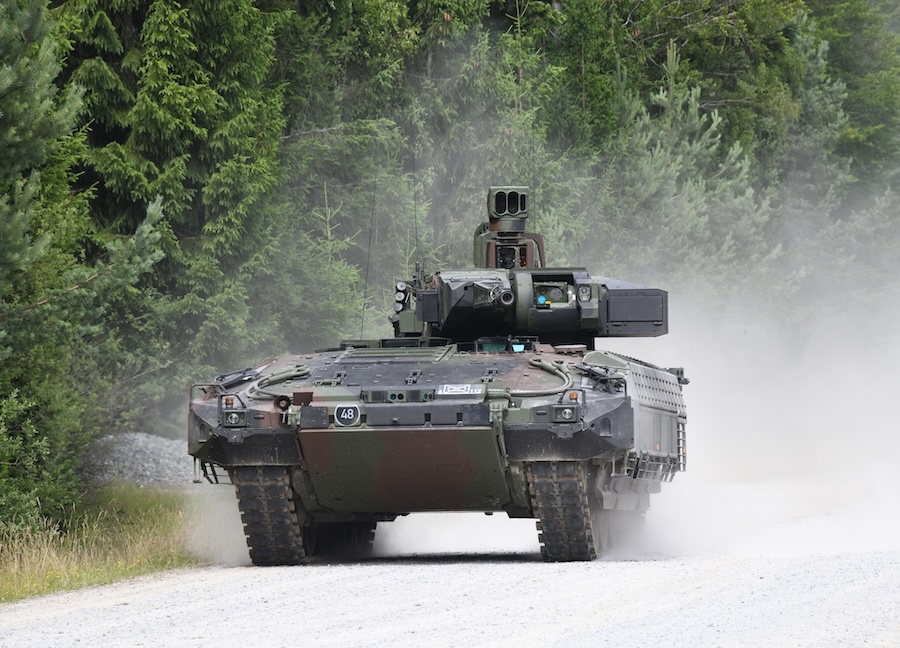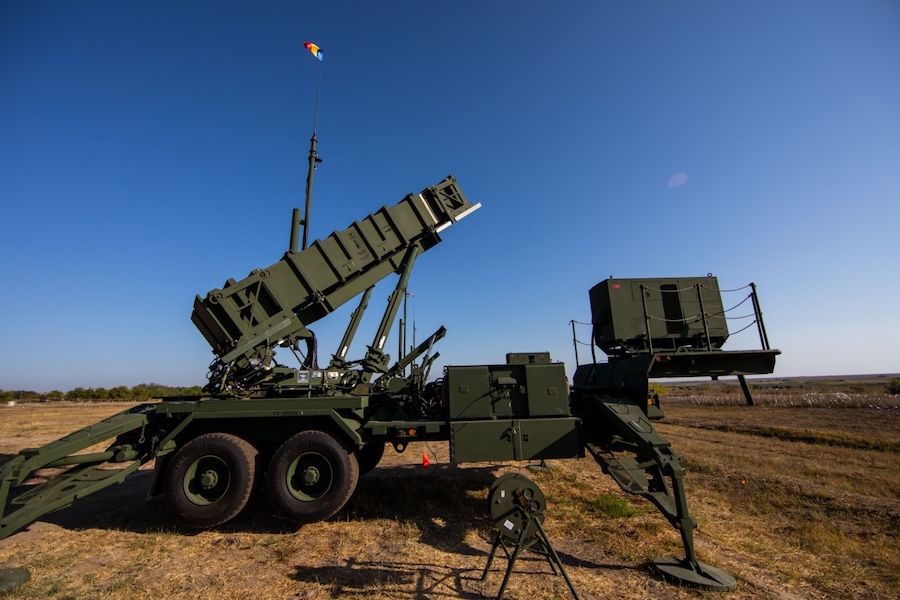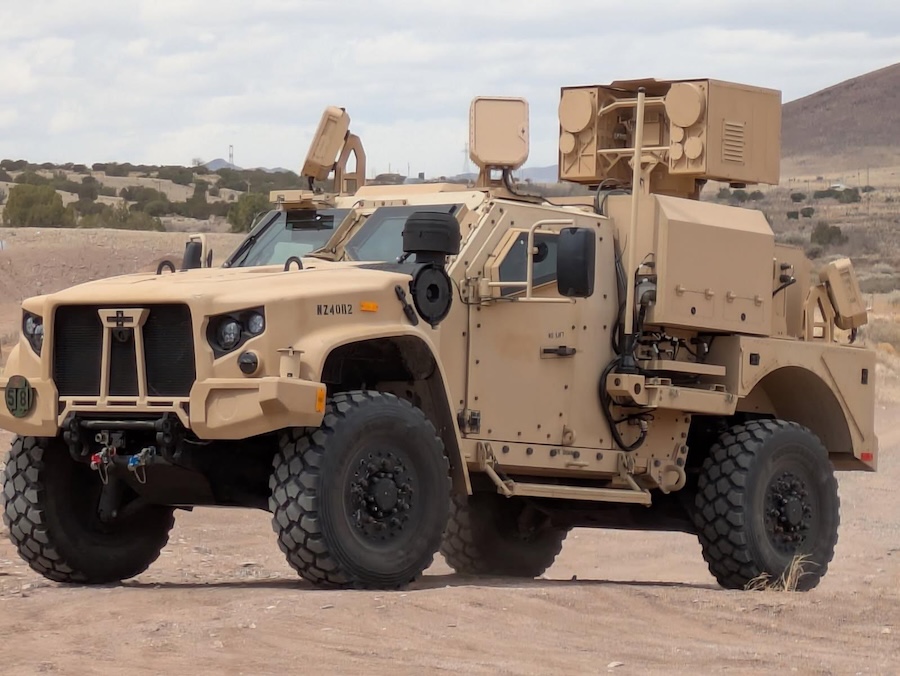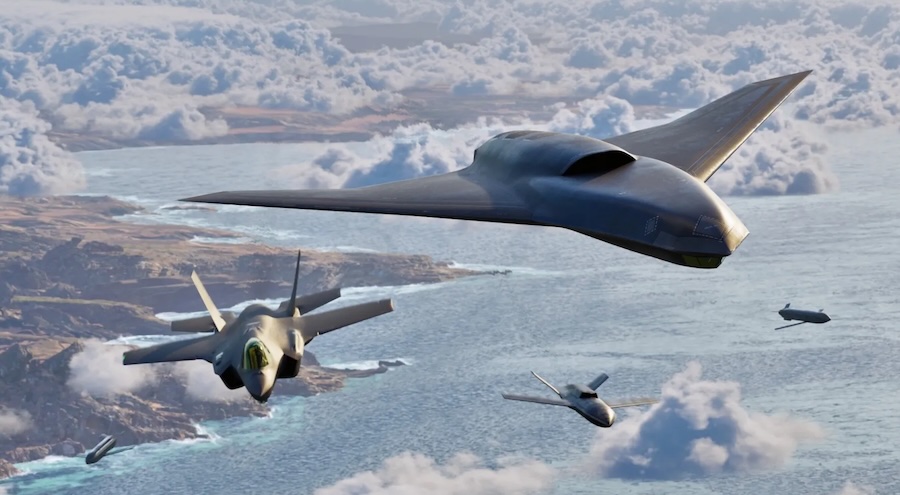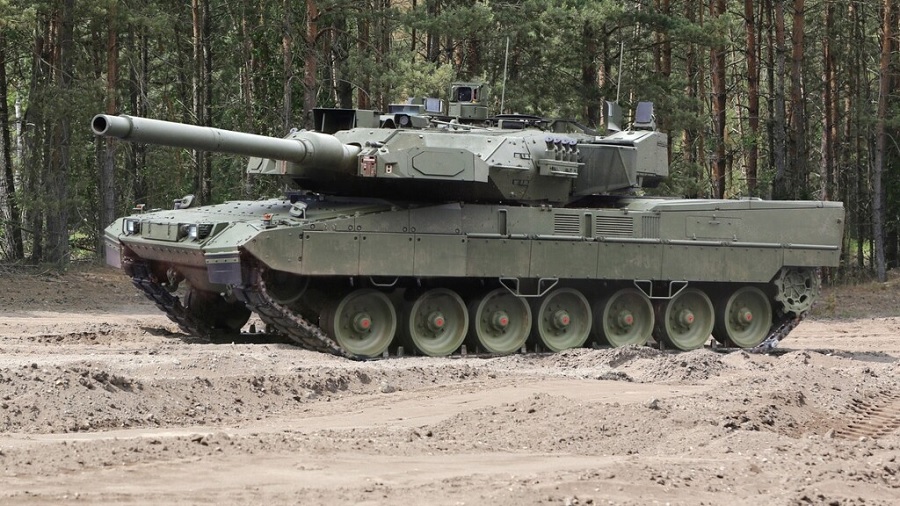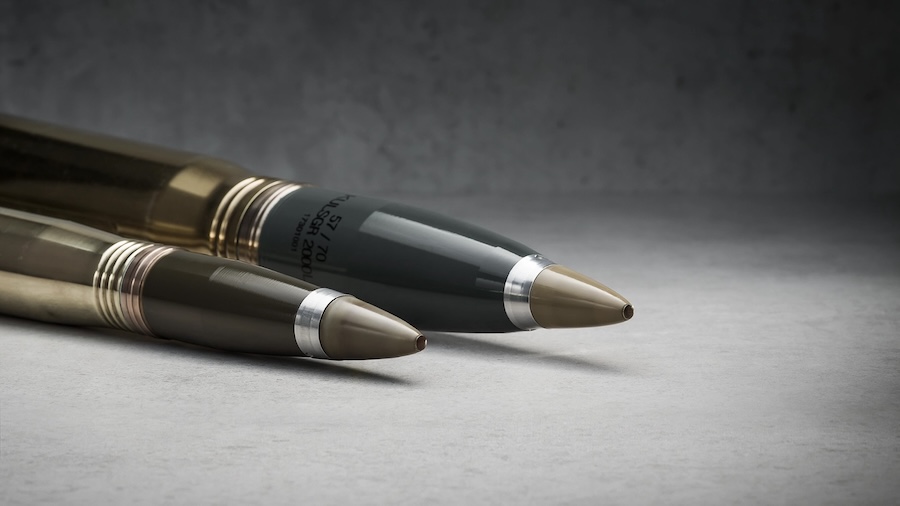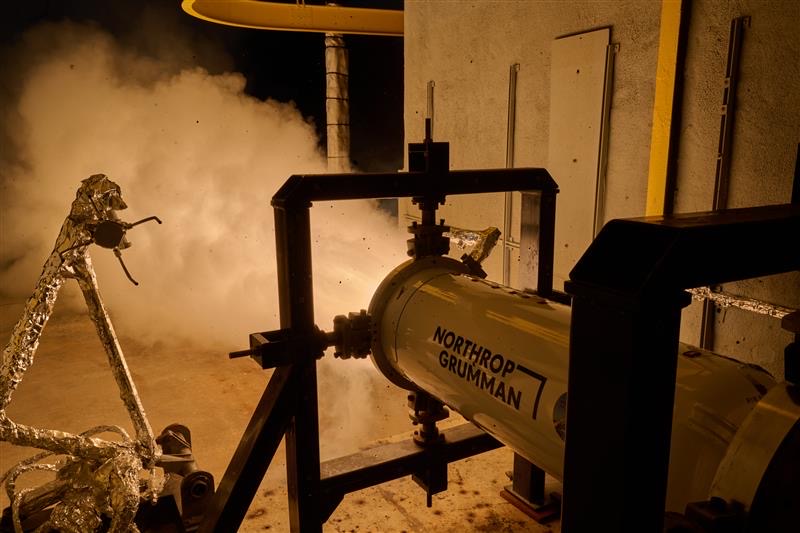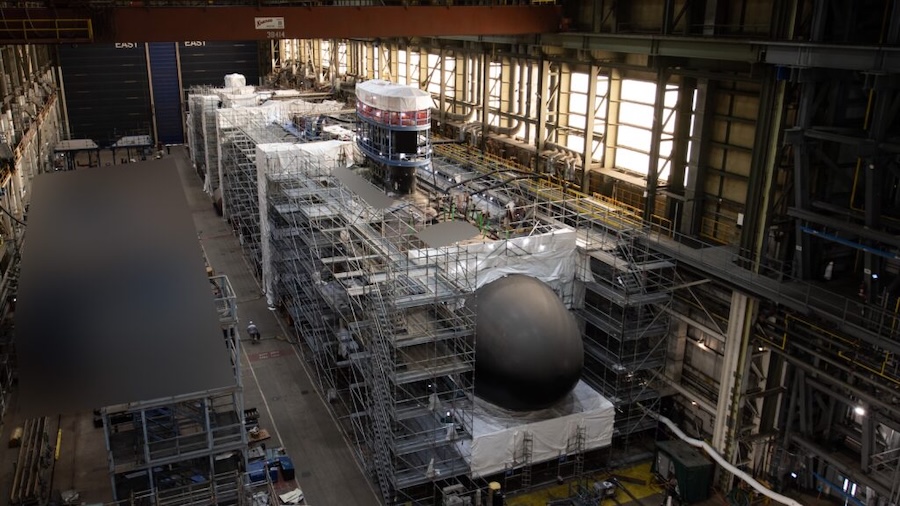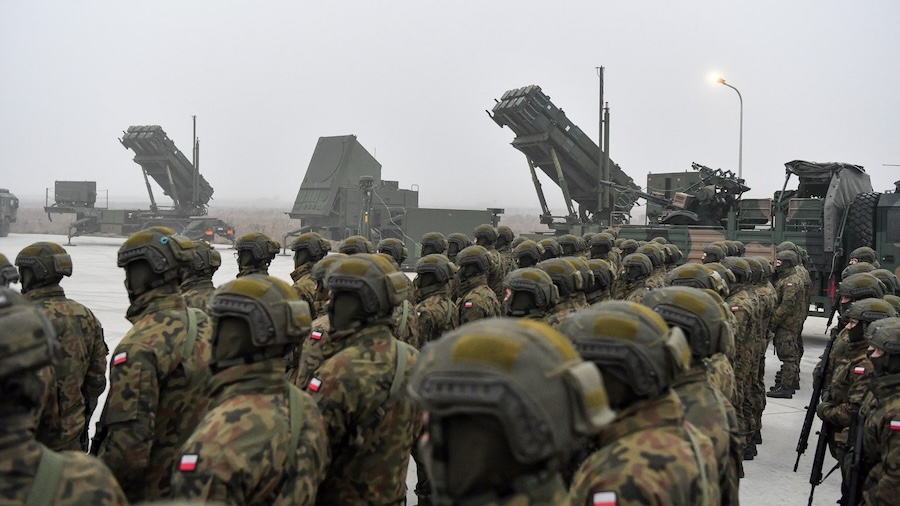The exercise followed Russian drone incursions into Polish airspace and MiG-31 violations over Estonia, events that prompted Warsaw to invoke Article 4 and underscored the need for faster and more connected defences. The EFDL is being developed by the U.S. Army Europe and Africa to integrate sensors, shooters, and unmanned systems across NATO’s eastern border.
Within 48 hours of arriving in Tallinn, Anduril deployed multiple Menace-T compute and communication kits and established Lattice nodes in the cloud. This created a resilient network designed to keep data flowing even when connections were jammed, weak, or disrupted.
Anduril integrated the Estonian Defence Forces’ AN/TPQ-50 and Giraffe AMB radars, the Ukrainian-developed Sky Fortress acoustic sensor network, and the Dowding commercial UAS-tracking feed into one operating picture. Linking these systems allowed U.S. and Estonian operators to view the same tracks simultaneously, confirm detections, and respond more quickly.
Work that normally requires months of integration was completed in days, illustrating how speed and interoperability can counter massed air threats. “Innovation is not a one-time effort,” said 10th AAMDC Commanding General, Brig. Gen. Curtis W. King. “It takes consistent teamwork and trust among Allies. Our goal is to ensure every Soldier, system, effector, and sensor contributes to the EFDL and enhances NATOs collective defense.”
Exercise planners said modern air threats rely on tempo and volume, and the event showed the value of rapid data fusion and repeatable digital processes. Future iterations of Digital Shield are expected to expand integrations, automate data fusion, and broaden Allied participation.



